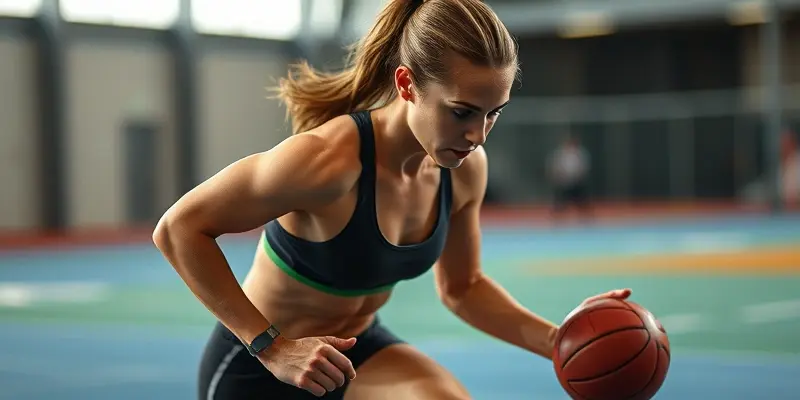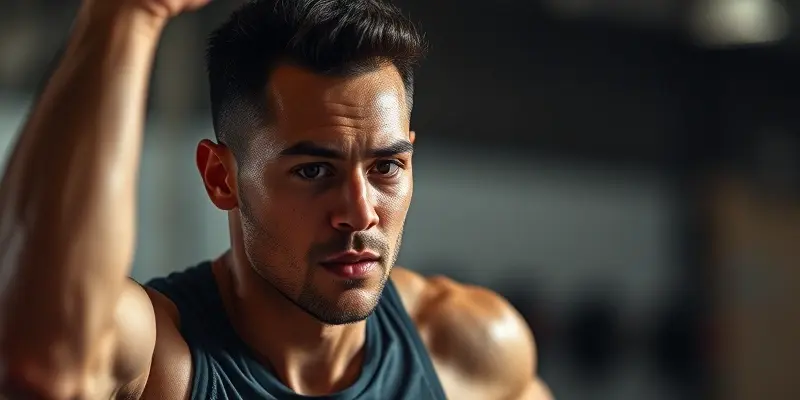In the world of fitness and sports, injuries can be a common setback for athletes of all levels. From beginners to advanced fitness enthusiasts, understanding how to prevent and recover from injuries is crucial for maintaining a healthy and active lifestyle. This guide combines evidence-based strategies with Google’s content creation standards to provide a comprehensive approach to injury prevention and recovery.
Introduction
Sports injuries can hinder progress and impact athletic performance. By following proper guidelines and maintaining a people-first approach to content creation, we can enhance the well-being of athletes and fitness enthusiasts. Let’s delve into effective strategies for preventing, recovering from, and returning to activities after sports injuries.
Understanding Google Content Standards
Google emphasizes the creation of helpful, reliable, people-first content. In alignment with this, we will focus on providing original, insightful, and comprehensive information to benefit our audience. By incorporating concepts like E-A-T (Expertise, Authoritativeness, Trustworthiness), we ensure the health and fitness content is valuable and credible.
Relevant Internal Link: Google’s self-assessment questions and E-A-T factors
Common Sports Injuries & Prevention Strategies
Overview of Injuries
- Sprains/Strains, Shin Splints, Tendinitis, ACL Tears, and more.
Prevention Techniques
- Proper Warm-Up, Strength & Conditioning, Gradual Progression, Technique & Posture, and Sport-Specific Equipment.
Importance of Hydration & Nutrition
Relevant Internal Link: Heal Faster with This Injury Recovery Checklist
Beginner-Friendly Recovery Guides
Immediate Post-Injury Care
- R.I.C.E. Method: Rest, Ice, Compression, Elevation.
Rehabilitation & Return to Play
- Physical Therapy, Gradual Reintroduction, Functional Training, and Pain Management.
Nutrition Plans for Faster Healing
Key Nutrients
- Protein, Vitamin C & Zinc, Omega-3 Fatty Acids, and Hydration.
Sample Recovery Meal Plan
- Breakfast, Lunch, Snack, Dinner, and Hydration Tips.
Tools & Gadgets to Support Muscle Repair
- Foam Rollers & Massage Guns, Compression Garments, Cold Therapy Systems, Wearable Tech, Braces & Supports.
Psychological Methods for Motivation During Rehabilitation
- Goal Setting, Visualization, Social Support, Mindfulness & Relaxation, and Professional Counseling.
Conclusion
Preventing sports injuries, prioritizing recovery, and fostering long-term performance are essential for sustainable fitness journeys. By incorporating evidence-based strategies and Google’s content creation standards, athletes and fitness enthusiasts can enhance their physical and mental well-being, promoting a healthier and more resilient approach to sports and fitness activities.
Through this comprehensive guide, we aim to empower individuals to stay strong, healthy, and motivated on their fitness journey. Remember, injury prevention and proper recovery are essential components of a successful fitness regimen.

